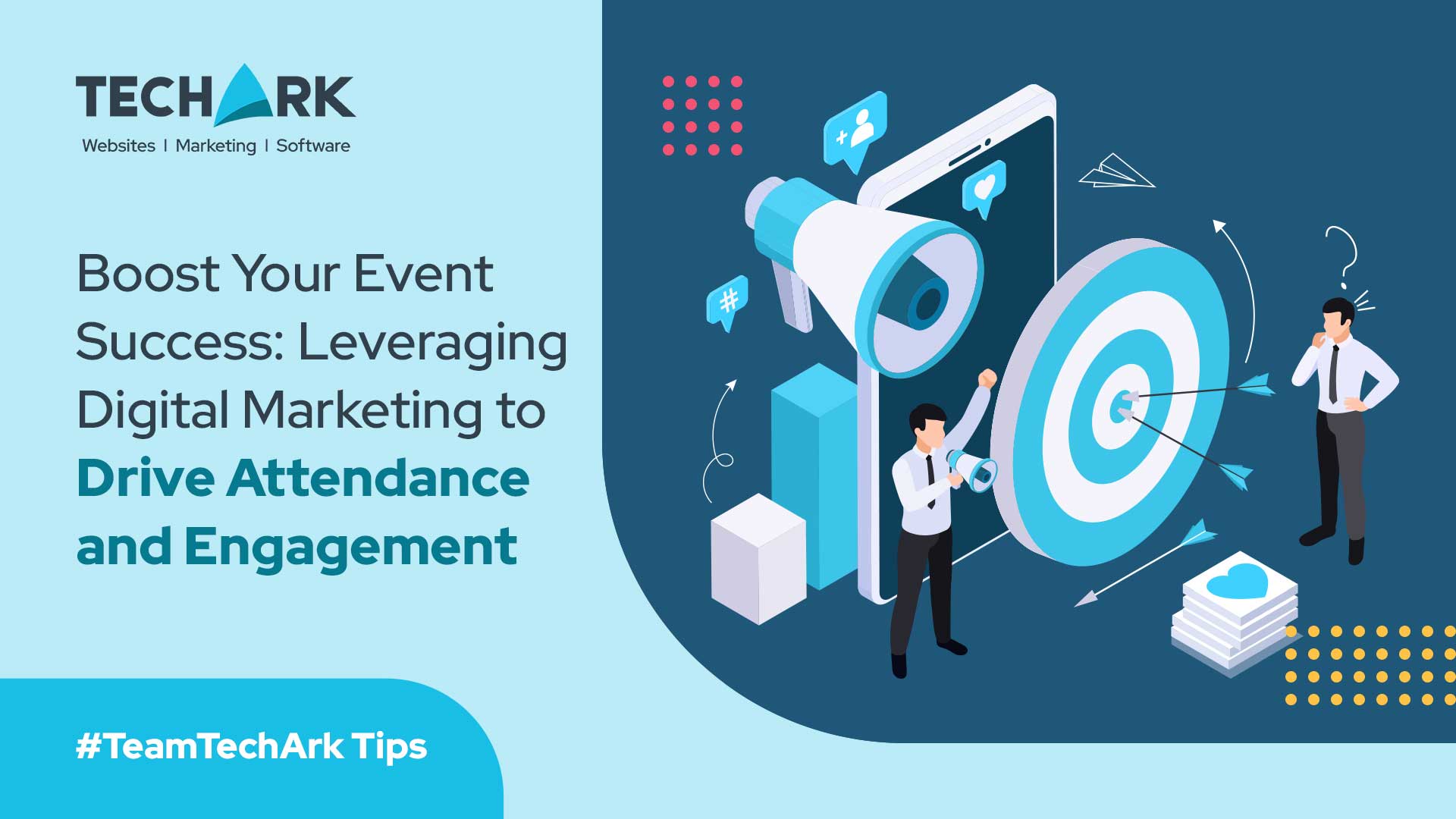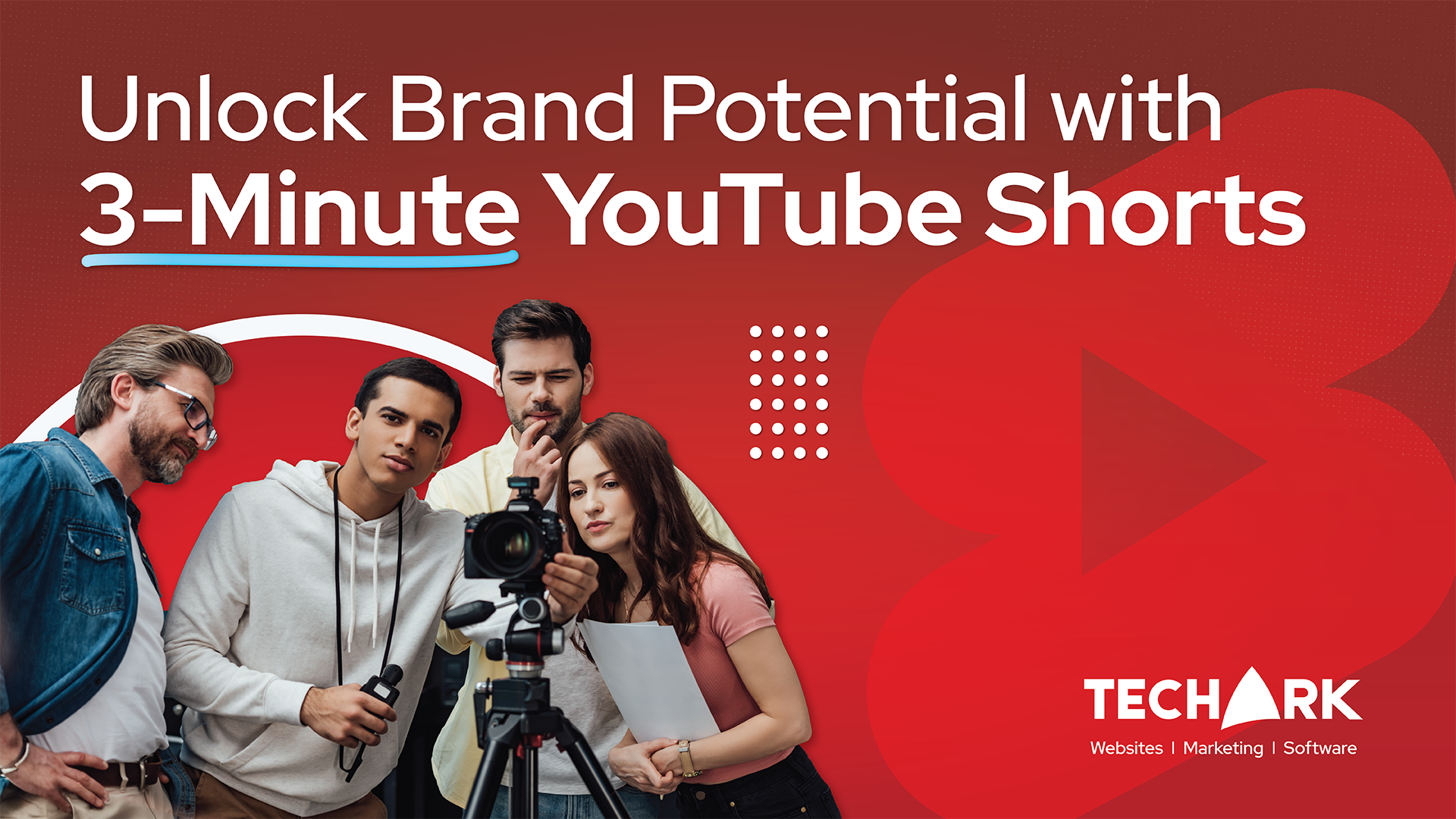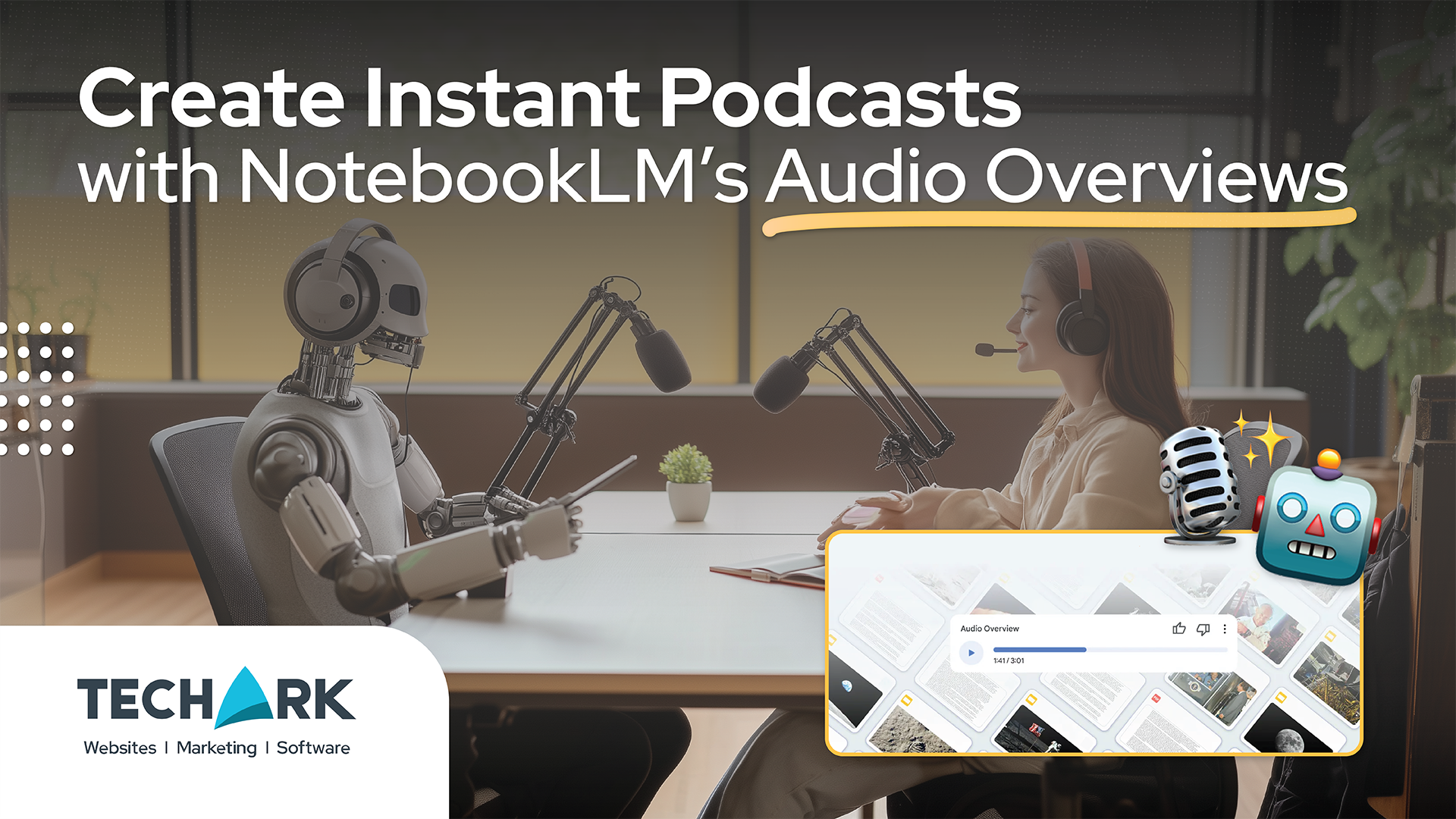Contact Us
Send Us a Message
Need expertise and innovation on your project? Our team can help.
Planning an event takes effort, but it’s not just about organizing the logistics. Engaging the right audience and getting them excited to attend is essential to success. With digital marketing, you have tools to reach your audience, keep them engaged, and make your event memorable. Here’s a breakdown of some practical, people-centered strategies to help you make your next event a success.
Table of Contents
Targeted Campaigns: Connecting with Your Audience
Understanding who you’re talking to is the foundation of digital marketing for events. Start by getting a clear picture of your ideal attendees:
- Who are they? Think about age, location, job titles, and other demographics.
- What are they interested in? What topics or activities would make them want to attend?
- How do they spend their time online? Are they more active on LinkedIn or Instagram? Do they respond better to emails or posts?
Once you understand your audience, speak directly to their needs and interests. If you’re hosting a professional conference, highlight industry insights and expert speakers. If your event is more social, share what will make it fun and unique.
Then, plan a multichannel approach. Each channel reaches people in different ways:
- Emails for personalized outreach
- Social media to keep the event top of mind and encourage sharing
- SEO to capture people actively searching for events like yours
- Targeted paid ads to reach new audiences
- Influencer collaborations to expand your reach
- Email marketing for direct, personal invitations
- A well-designed event website as the central information hub
Here are Some Tactics:
Social Media Campaigns For Events: Building Excitement and Buzz
Social media is a personal way to connect with people, so treat it as a conversation, not just a promotional tool. Think about what you’d want to know if you were in their shoes:
- Teasers – Short, fun previews of what’s coming up, like speaker highlights or activities
- Behind-the-Scenes – Show a bit of the preparation and planning process
- Polls and Q&As – Let people ask questions or vote on things like breakout session topics
Creating a hashtag for your event is a great way to build a sense of community. Encourage attendees to post updates or photos leading up to and during the event using the hashtag. It’s not only a helpful tool for tracking event conversations but also a way for attendees to feel involved.
Try using platform-specific tools to make event information easy to access. Facebook Events, Instagram countdowns, and LinkedIn event pages are great for RSVP tracking, reminders, and even live engagement. When you’re marketing an event on social media, keep it interactive—think about how to make people feel like they’re already a part of the event experience.
Case Study: Virginia Maritime Association – Boosting Event Awareness and Registrations on LinkedIn
To support the Virginia Maritime Association (VMA), we developed a LinkedIn Ads campaign aimed at generating event awareness and driving registrations among high-level professionals in the maritime industry.
Campaign Objectives
- Generate Awareness: Reach and engage key industry decision-makers across the maritime and logistics sectors, including VPs and managers in shipping, logistics, port operations, and related fields.
- Drive Registrations: Convert awareness into registrations by targeting new, out-of-state professionals who may be unaware of VMA.
Strategy and Execution
- Targeted LinkedIn Ads
Over a 5-month period, we deployed ads targeting specific job titles and skills relevant to maritime transportation, including Transportation Managers, Logistics Managers, Import/Export Managers, and Supply Chain Managers. This ensured the ads reached key decision-makers and those likely to benefit from attending. - Content-Driven Engagement
Each ad provided valuable insights into the event, including details about keynote speakers, the event schedule, and industry-specific benefits. This approach educated users about what they could gain from attending, building both awareness and interest. - Remarketing Layer
To maximize conversions, we layered in remarketing tactics aimed at re-engaging users who had previously interacted with the ads or visited the site, reinforcing messaging and encouraging them to complete registration.
Results and Impact
- Total Impressions: 850,000+
- Site Traffic: 5,000+ users driven to the event page
- New Registrations: 26 direct registrations from LinkedIn ads, with potential additional sign-ups that returned later (beyond trackable metrics).
Key Takeaways for Event Planners
- Leverage LinkedIn for Industry-Specific Targeting: LinkedIn’s targeting tools allowed us to focus on precise job titles and skills, ensuring our ads reached the right audience.
- Informative, Engaging Content: By providing specific event information in the ads, we not only generated awareness but also educated users on event value, making registration a logical next step.
- Utilize Remarketing: Re-engaging interested users proved effective for driving registrations, emphasizing the importance of remarketing in event campaigns.
Email Marketing: Getting Personal with Invitations
Email is one of the most direct and personal ways to reach potential attendees. Start by organizing your email list thoughtfully. Create groups based on what you know about each person:
- Segment by interests – Those interested in keynote speakers might receive a different email than those who would be more interested in networking events.
- Personalize messages – Address people by name and include details relevant to their interests.
Design your emails to be visually engaging and easy to read. Include an eye-catching subject line and clear call to action, like “Save Your Spot” or “Get Your Early-Bird Discount.” Automated emails can be a big help here, sending timely reminders and updates without you having to follow up manually.
Event Website: A One-Stop Information Hub
Think of your event website as your main communication hub. It should be easy to navigate and mobile-friendly so people can find what they need quickly, whether they’re registering or checking out the agenda.
Focus on providing these key details:
- Event essentials – Date, time, location, and registration options
- Engaging visuals – Photos, videos, or highlights from past events
- Easy calls-to-action – A clear, visible “Register Now” button
A well-optimized site with relevant keywords will also help people find your event through search engines. Keeping things simple and accessible makes it easy for people to sign up and stay informed.
SEO: Helping People Find Your Event Easily
Think of SEO (Search Engine Optimization) as a way to make it easier for people to find your event when they’re already searching for something like it. With a few smart tweaks, you can reach people who are actively looking for events like yours.
Here’s how to make SEO work for your event:
- Choose the Right Keywords: Imagine what someone might type into Google if they’re looking for an event like yours. It could be something like a “networking event in [City],” “2024 marketing conference,” or “tech summit near me.” Use these phrases on your event page, especially in titles, descriptions, and headers, so search engines know what your event is all about.
- Create a Dedicated Event Page: Your event needs a “home base” online, a page with all the details in one place—date, location, agenda, speaker lineup, and registration link. This not only helps search engines understand your event but also makes it easy for people to find everything they need quickly.
- Focus on Local SEO for In-Person Events: If your event is happening in a specific place, like a conference center or hotel, make sure it’s clear on your website. Mention the location in your keywords and consider adding the event to Google My Business. This way, people searching for local events (or even travelers in the area) will be more likely to find it.
- Publish Content That Builds Buzz: Consider writing a few blog posts or articles related to your event topic. Things like “Top Reasons to Attend [Event Name]” or “How to Get the Most Out of [Event Topic]” can help build interest. Plus, it’s a great way to bring people to your site and give them a taste of what’s to come.
- Use Structured Data to Show Event Details on Google: Have you ever noticed how some events show up on Google with the date, time, and location right there in the search results? That’s thanks to structured data, also called schema markup. It’s a bit of code that makes it easier for search engines to pull out key event info and display it prominently, so people know exactly what to expect at a glance.
- Optimize for Mobile and Speed: With so many people searching on their phones, a mobile-friendly site is essential. Make sure your site loads quickly and looks good on smaller screens. It not only helps you rank better on Google but also makes it easier for people to navigate, register, and stay engaged.
By using SEO thoughtfully, you’re not just improving your site’s ranking—you’re actually making it easier for people to find, learn about, and get excited about your event. SEO can bring in attendees who already have an interest, making them more likely to sign up and join in.
CTA: Learn more about TechArk’s SEO Services
Influencer Collaborations: Expanding Your Reach
If your event could benefit from a larger reach, consider collaborating with influencers. Choose people who genuinely connect with your target audience. When they share about your event, their followers see it as a personal recommendation rather than an ad. It’s a way to build trust and attract attendees who might not have found the event otherwise.
Look at metrics like referral traffic and social engagement to see the impact of influencer partnerships. It’s about creating connections and conversations that make people feel more excited about attending.
Paid Ads: Reaching New Audiences
Paid advertising can bring new people to your event who otherwise might not know about it. Platforms like Google Ads, Facebook Ads, and LinkedIn Ads allow you to reach a highly specific audience based on interests, locations, and even past behaviors.
How to Promote Events Using Paid Ads:
- Highlight what makes the event valuable – Share details like exclusive access or popular speakers.
- Target carefully – Set parameters that match your event audience.
- Track results – Monitor metrics like cost per click and conversion rates to understand what’s working.
By investing in ads, you’re reaching beyond your current audience to connect with people who might be interested in learning more.
Each of these strategies helps create meaningful connections with your audience. Digital marketing isn’t just about reaching more people; it’s about making people feel involved and excited about attending your event.
Case Study: Taste of India 2024 – Achieving Record-Breaking Attendance with Digital Marketing
Taste of India 2024 set out to surpass previous attendance records through a digital-first strategy. Here’s how we helped them achieve outstanding results using targeted campaigns across META platforms, TikTok ads, and a local partnership with the Virginia Media Association (VMA).
Campaign Goals and Approach:
- Attendance Boost: Attract as many attendees as possible by creating high visibility.
- Engagement and Awareness: Reach a broad but targeted audience through engaging content, remarketing, and audience segmentation.
Key Digital Marketing Tactics:
- META Campaigns: We ran event campaigns on Facebook and Instagram, focusing on key demographics like Men (18-30) and Women (31-55). Remarketing proved especially successful, generating over 19,000 interactions.
- TikTok Ads: TikTok ads engaged a younger audience with vibrant event previews and cultural highlights.
- VMA Partnership: Partnering with VMA allowed us to build local credibility and expand reach within the community.
Results:
- Total Impressions: 746,446
- Engagements/Responses: 26,443 at a cost of $0.18 per result, demonstrating high engagement for a low investment.
- Audience Insights: Remarketing was most effective, capturing high engagement at a low cost, which emphasized the power of re-engagement in event marketing.
Takeaways for Event Planners:
- Diversify platforms and target specific demographics to maximize reach.
- Utilize remarketing to re-engage interested audiences and increase event attendance.
- Collaborate with local organizations to enhance credibility and expand visibility.
Your Event’s Success Starts with Digital Engagement
With proven digital strategies like targeted campaigns, personalized outreach, and high-impact ads, you can turn your event into a must-attend experience. It’s important to remember that you’re not just planning an event but an experience that draws in attendees keeps them engaged, and turns them into advocates.
Ready to take your event to the next level? Partner with an expert digital marketing agency like Techark, with the experience and expertise to drive real results. Let’s make your event a standout success!



